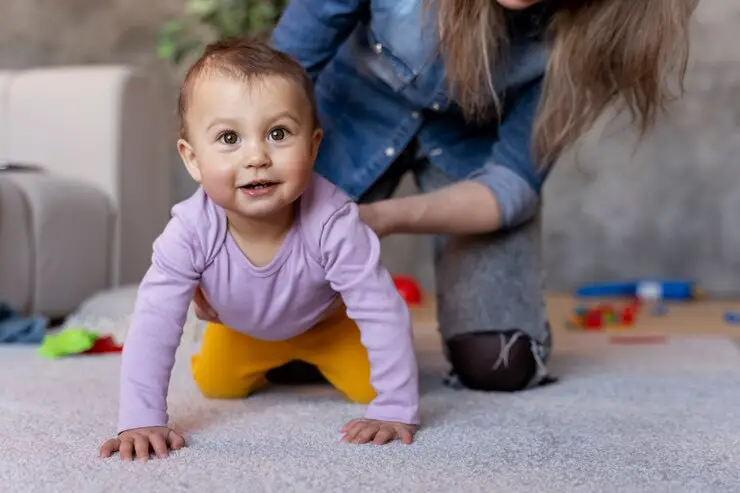Baby Safety
Baby safety in the United States is a paramount concern for parents and caregivers. Various measures are in place to promote a safe environment for infants and minimize potential hazards. Here are key aspects of baby safety in the US:
- Safe Sleep Practices: The American Academy of Pediatrics (AAP) recommends that infants sleep on their backs, on a firm and flat surface, in a separate crib or bassinet. Soft bedding, pillows, crib bumpers, and loose items should be avoided to reduce the risk of suffocation or sudden infant death syndrome (SIDS).
- Childproofing the Home: Babyproofing the home is crucial to ensure a safe environment. This includes installing safety gates at stairways, covering electrical outlets, securing furniture and TVs to prevent tipping, and keeping hazardous substances, sharp objects, and choking hazards out of reach.
- Car Seat Safety: The use of car seats is mandatory in the US to protect infants during travel. Proper installation and use of age-appropriate car seats, based on height and weight, are essential for preventing injuries in case of accidents. The National Highway Traffic Safety Administration (NHTSA) provides guidelines for selecting and installing car seats correctly.
- Preventing Choking Hazards: Small objects, toys, and food items pose a choking risk for infants. Parents and caregivers should ensure that toys are age-appropriate and do not have small parts that can be swallowed. Food should be cut into small pieces and served in a safe manner to minimize choking hazards.
- Safe Bathing: Babies should never be left unattended during bath time. Water temperature should be tested to avoid scalding. Bath seats or non-slip mats can be used to prevent slips and falls in the tub.
- Supervision and Monitoring: Infants require constant supervision and monitoring to ensure their safety. Parents and caregivers should be attentive and responsive to the baby’s needs, while also being aware of their surroundings and potential dangers.
- Safe Medication Storage: Medications, cleaning products, and other household chemicals should be stored securely and out of reach of infants. Child-resistant packaging should be utilized, and medication dosages should be administered strictly as prescribed by healthcare professionals.
- Fire and Carbon Monoxide Safety: Smoke detectors and carbon monoxide detectors should be installed and regularly maintained in the home. Families should have an emergency evacuation plan in place and ensure that all members know how to respond in case of a fire or gas leak.
- Safe Temperature: It is important to maintain a safe temperature in the baby’s environment. Avoid exposing infants to extreme heat or cold and ensure that their clothing and sleeping environment are appropriate for the prevailing conditions.
These are general guidelines for baby safety in the US, but it’s important to consult with healthcare professionals and refer to reputable organizations like the AAP and Consumer Product Safety Commission (CPSC) for specific recommendations and regulations. By following these safety measures, parents and caregivers can help create a secure and protected environment for their babies.


